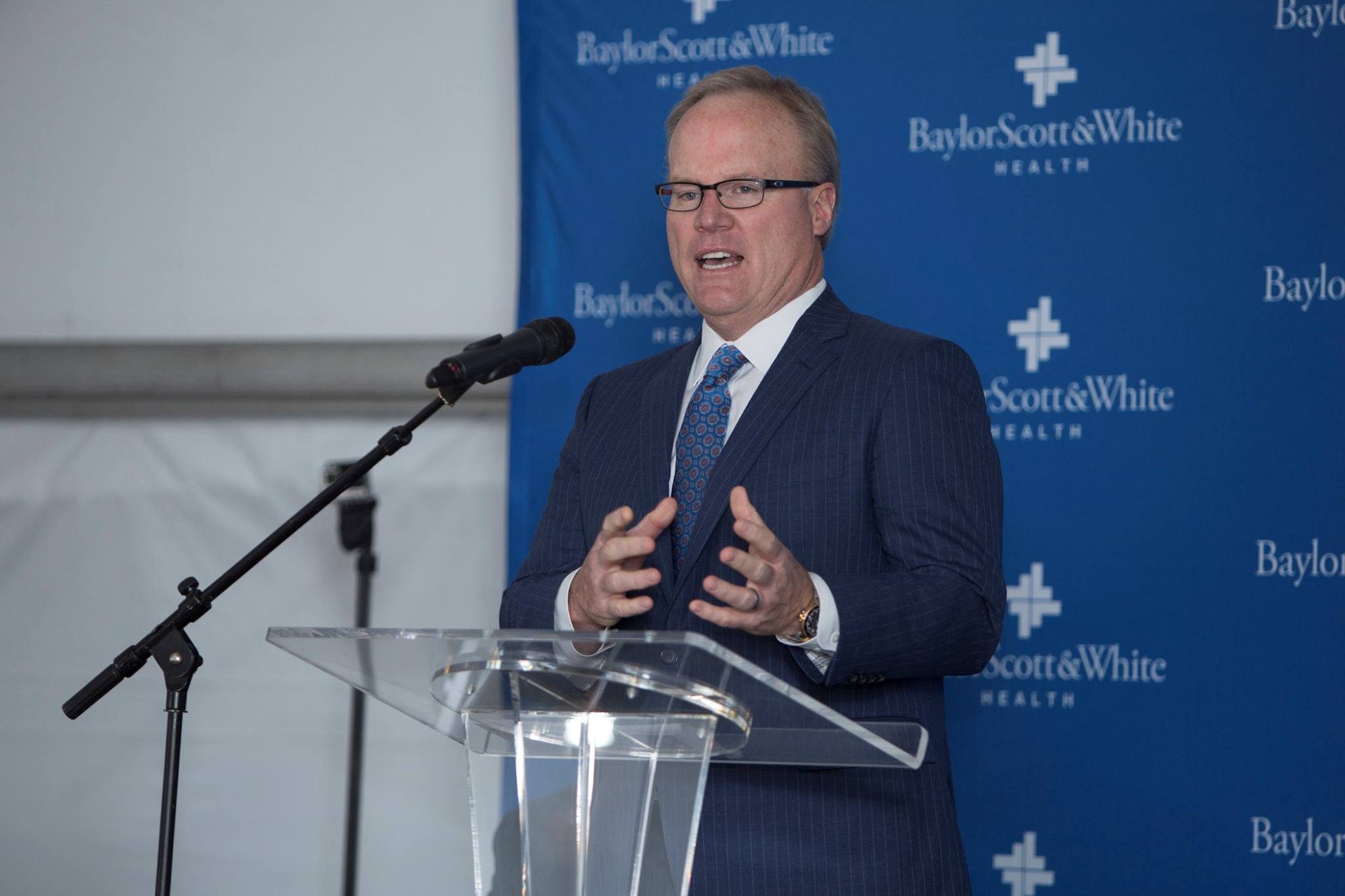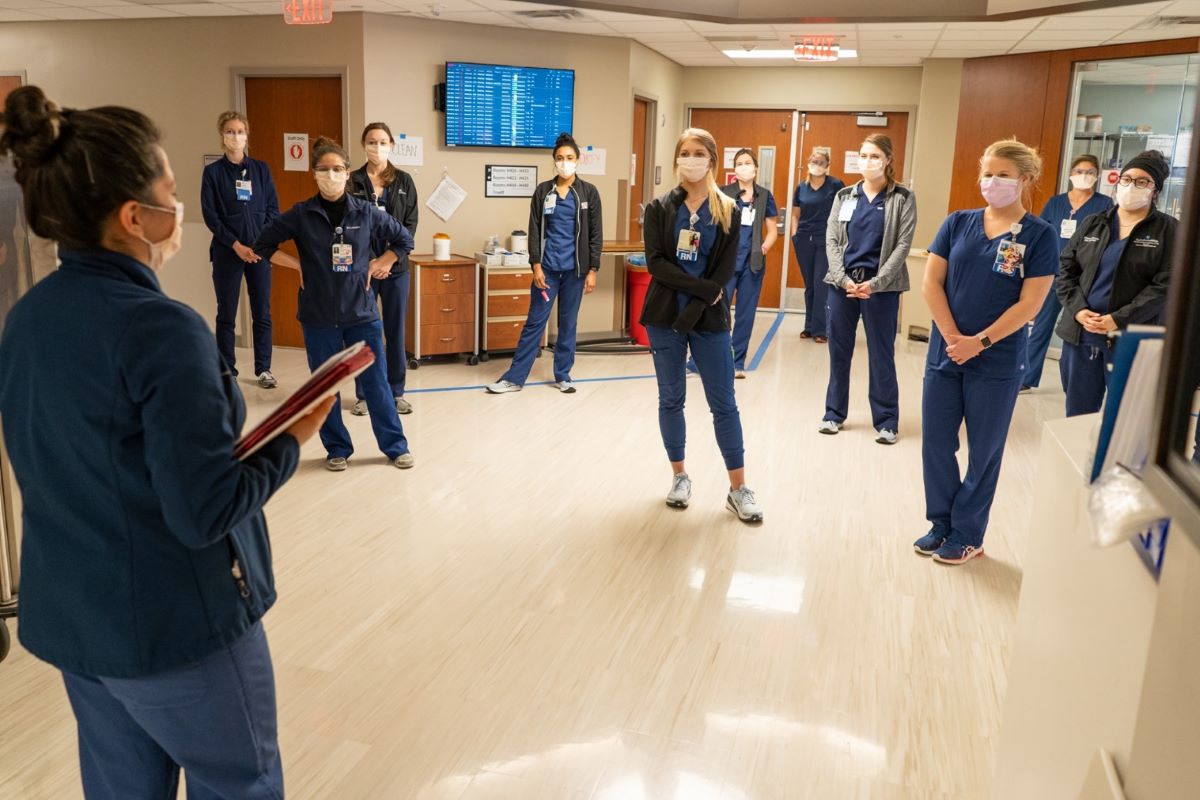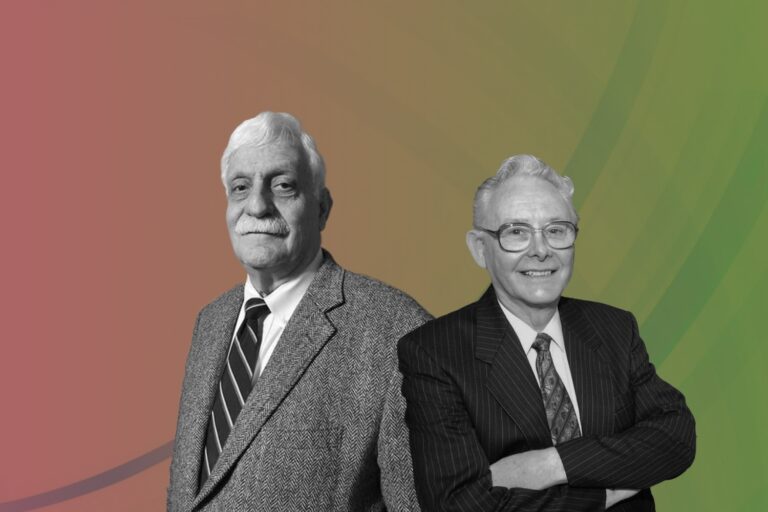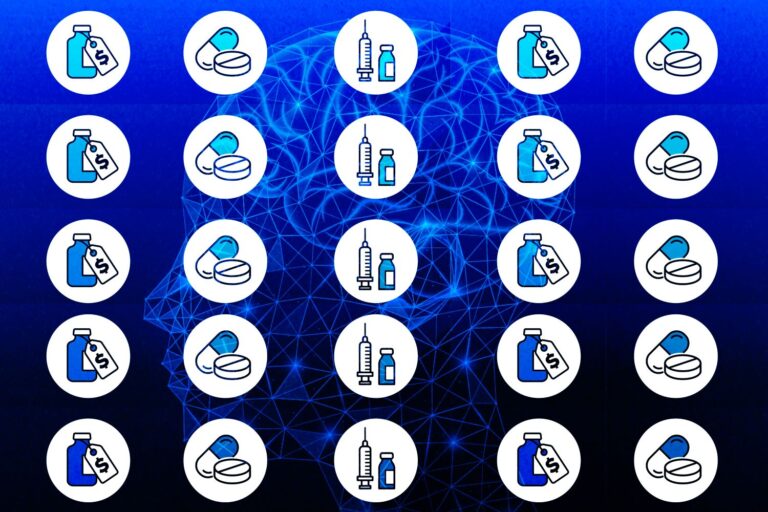Baylor Scott & White Health: How a Merger Created the Leader in Innovative Care
Baylor Scott & White Health is a healthcare system based in Dallas, Texas. Formed in 2013 from the merger of Scott & White Health with Baylor Healthcare System, it became the largest non-profit healthcare system in Texas, and one of the largest in the country. Today, Baylor Scott & White includes 52 hospitals, more than 800 patient care sites, more than 7,300 active physicians, over 49,000 employees and the Scott & White Health Plan.
With a clear vision around affordable, convenient, and quality care at the core of the healthcare system’s strategic plan, the system has been able to promote the health and well-being of every individual, family, and community it serves. Born from a merger, Baylor Scott & White Health get its success by keeping things simple and innovating where others cannot. Along the way to become a Learning Health System, it has made significant investments in data infrastructure, the culture of learning, and the people in place. Let’s find out in detail!
What Makes a Merger Become Successful
According to Baylor Scott & White Health’s CEO Jim Hinton, the most recent mergers at the time were hospital to hospital and health plan to health plan. For that reason, the way in which Baylor Scott & White Health was formed was different and modeled the continuum of care. Thinking back on what went through his thoughts about the 2013 merger that formed this Texas’ largest non-profit healthcare organization, Hinton shared some important points about the health system’s priorities and lessons to succeed.
#1. Stay Simple to Customer Needs
When it comes to how Baylor Scott & White Health show the value to patients of merging two major systems, Hinton thinks that we sometimes overcomplicate what we communicate to customers. “Part of our obligation in the health care system is to deliver what we say we’re going to deliver. If you do that, then the fact that you’re merging to get some economies of scale or bring better technologies or lower costs, those become self-evident parts about what patients experience,” he said.
In his opinion, it’s all about the product and the customer is always right. Those are phrases that are more often heard in executive conversations within the retail or consumer goods industries. To clarify this, Hinton offered an example of his airline experience with the unnamed airline company which failed to deliver his expectations of stable internet access. That example left a lesson in how to satisfy customer needs from the simplest ones.
#2. Have a Good Plan in Hand

“The shelf life of a strategic plan is shorter than it has ever been, in a world that is changing so dramatically. Yet, good plans are more about the planning than the plan,” Hinton said. The process of planning allows leadership to rediscover its strengths and weaknesses. It’s also important to be consistent with the plan, Hinton refers to that as “no regret” moves or must-do tactics regardless of what is happening in the world around them.
#3. Innovation Is Key
Baylor Scott & White Health Plan is looked to as a mechanism for identifying cost-saving strategies. Using health information from electronic health records and merging those elements for patient care are good ways to better serve our members and patients. Hinton sees the health plan acting as an innovation lab, where new compensation models are tested and rolled out. “We have great relationships with the big payers, but we need payment innovation at the same time as service innovation,” he said.
#4. Work toward Affordability
Affordability means doubling down on non-traditional services such as telemedicine, clinics in supermarkets and shopping malls, and smaller-scale hospitals. In 2017, despite Baylor Scott & White Health’s more than 1,000 care access points across Texas, there are still big health care gaps, particularly in rural communities. At the time, the system was looking at how it can better serve its patients when they want to be served and where they want to be served.
Providing medicine in lesser populated areas is a real challenge but something the system had on its radar and that it would like to provide. To do that, Baylor Scott & White started to take some steps to address access in rural and suburban areas by establishing clinics that take care of 90 percent of the needs versus full-scale hospitals. While these lower fixed-capital access points may help bridge some care gaps, Hinton saw transformative change necessary to achieve that affordability aim.
In a typical relationship between patient and care provider, access flows around a sequence of events like making an appointment, driving to the doctor’s office, sitting in the waiting room, visiting with the doctor, and going home. “Maybe instead of going to the doctor, you use technology to interact with the doctor. So, you’re delivering quality care but need fewer offices and clinics. I think there is a huge opportunity there,” Hinton stated.
Central to the Change Was Technology
The social innovation competition enabled healthcare systems to identify and activate technology-fueled approaches. It’s so important to elevate innovative solutions to some of the community’s biggest challenges in healthcare. Having that in mind, Hinton shared his thinking on where to start to provide a heavy dose of innovation in health care from a provider standpoint.
According to Hinton, societies where the most people have ensured access to health care are healthier than societies that don’t. There was a need to expand coverage to people in Texas who don’t have it. The way to do that without breaking the bank of the state or other payors of health care is to restructure healthcare in such a way that it’s less expensive to use. As he said, “We have the technology to do that, but they’re not evenly applied, especially to people who are in underserved areas.”

“How do we take technology – like the apps on our phones, and translate that to provide health care to somebody in a disadvantaged area of our community? I think that is the opportunity. Of course, there’s a lot that’s right about health care. But it’s time that we expand it and reimagine it in such a way that more people have access to lifesaving therapies and treatments.” Hinton explained.
As a result of the pandemic, a lot of the issues in healthcare have been laid bare. “The traditional health care system has not been able to meet a lot of those needs,” Hinton said. In his opinion, collectively, we can bring together companies that have new ideas and new approaches that can partner with the existing healthcare systems to solve some of those problems that became so evident during the pandemic.
Main Drivers behind a Learning Health System
For Baylor Scott & White Health, the journey toward a Learning Health System began very early when its leadership mandated that quality of care needed to be measured across the health system. To achieve this, the system has worked to solidify its role as an organization that prioritizes learning and knowledge generation as part of its day-to-day operations to ensure patients get the best care possible.
According to a case study about Baylor Scott & White Health analyzed by The Agency for Healthcare Research and Quality, the health system leaders have been focusing on improving the organization’s data infrastructure, cultivating a culture that empowers staff to use evidence for decision making and idea generation, and putting the right people and resources in place so that evidence can inform practice in a continuous cycle of improvement. Let’s discover in detail for a better understanding of the value of making investments in transformation.
Driver #1: Bet Big on Data Infrastructure
A good data infrastructure is essential for generating insights and applying them to care improvement initiatives. With easily accessible data, healthpreneurs can solve problems or implement new and more effective ways to provide patient care. A learning health system is one that can acquire data from day-to-day clinical operations to generate new insights that are then applied towards care improvement efforts.

To achieve that, Baylor Scott & White Health has been working to build a standardized data platform. Its leaders expect that standardization to make data acquisition less expensive and labor-intensive across the health system. While half of the data infrastructure piece is a single ecosystem from which to extract data, the other half is putting the right data in front of people and translating that information into actionable insights.
Associate Chief Quality Officer Brett Stauffer compares the change to data modernization that has happened in other industries like the travel industry. “Once upon a time, you needed a travel agent to book a flight, had to place phone calls to a bunch of hotels to get rates and book a room, and had to purchase a guidebook to plot your course. Now all the data you need are available online to explore your options and make quick informed decisions,” Stauffer explained.
Driver #2: Cultivate a True Learning Culture
Having a solid data infrastructure is never enough and having robust evidence about what works best doesn’t matter if it sits unused. To succeed, an organization has to build its culture around using data to make decisions. This culture shift empowers staff to spot opportunities and make adjustments fast to improve quality, outcomes, and the patient experience as well.
At Baylor Scott & White Health, the leaders realized that they needed to implement structures to support innovation both from the C-suite down and from the frontlines up. Many workflow innovations flow upward, some are simple changes involving a new approach that a frontline clinician has identified to complete a process more effectively. Much of the daily innovation comes from morning staff huddles, in which care teams discuss process problems or workflow barriers and brainstorm alternatives.
Besides, the health system also encouraged this bottom-up innovation by holding an annual quality improvement summit where leaders of exemplary improvement projects are invited to share their team’s stories. All of the stories are cataloged, providing a robust library of quality and safety improvement ideas that can be tapped by providers, administrators, and staff looking for ideas about how to change a process or address a problem they have identified.
Baylor Scott & White Health also recognizes that it can’t do everything alone. Therefore, it actively participates in several learning collaboratives, sharing ideas and best practices with other organizations leading the way in transforming patient care. Building partnerships with organizations that shared a common goal greatly accelerated the health system’s own efforts.
Driver #3: Value the Workforce in Place

Being a health system that iterates and learns requires a data infrastructure capable of generating insights and a culture that promotes improvement based on those findings, but neither is achievable without the people in place. Understanding that, Baylor Scott & White Health opted to build its workforce and invest in people with the data analysis and research skills to incorporate learning and knowledge generation into day-to-day operations.
The system has prioritized the identification and support of people trained in rigorous research and analytics methodologies who can apply their knowledge to using data in a cycle of continuous improvement. It has also identified the role of research in improving clinical care. About a quarter of the health system’s research financing comes from its operating budget, reinforcing the idea that research activities that benefit patients or improve care delivery and health system operations are given priority.
Within the Learning Health System framework, research can serve as a driver of innovation and care model transformation. Leaders at Baylor Scott & White Health emphasize the importance of continuously embedding knowledge across the organization. Besides the culture, workforce structures must be in place to ensure that knowledge dissemination doesn’t happen in one-off initiatives and that institutional know-how doesn’t disappear when staff turnover occurs.
The Bottom Lines
As we can see, with the right strategies from day one in constantly changing to adapt to a healthcare industry that is changing so dramatically, Baylor Scott & White Health has been making continuous improvements in delivering affordable, convenient, and quality care to its patients. The above sharing from the system’s leaders has certainly provided many valuable lessons for healthpreneurs nationwide.









